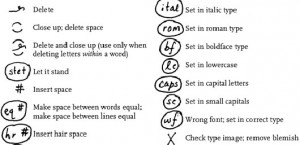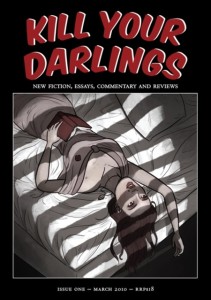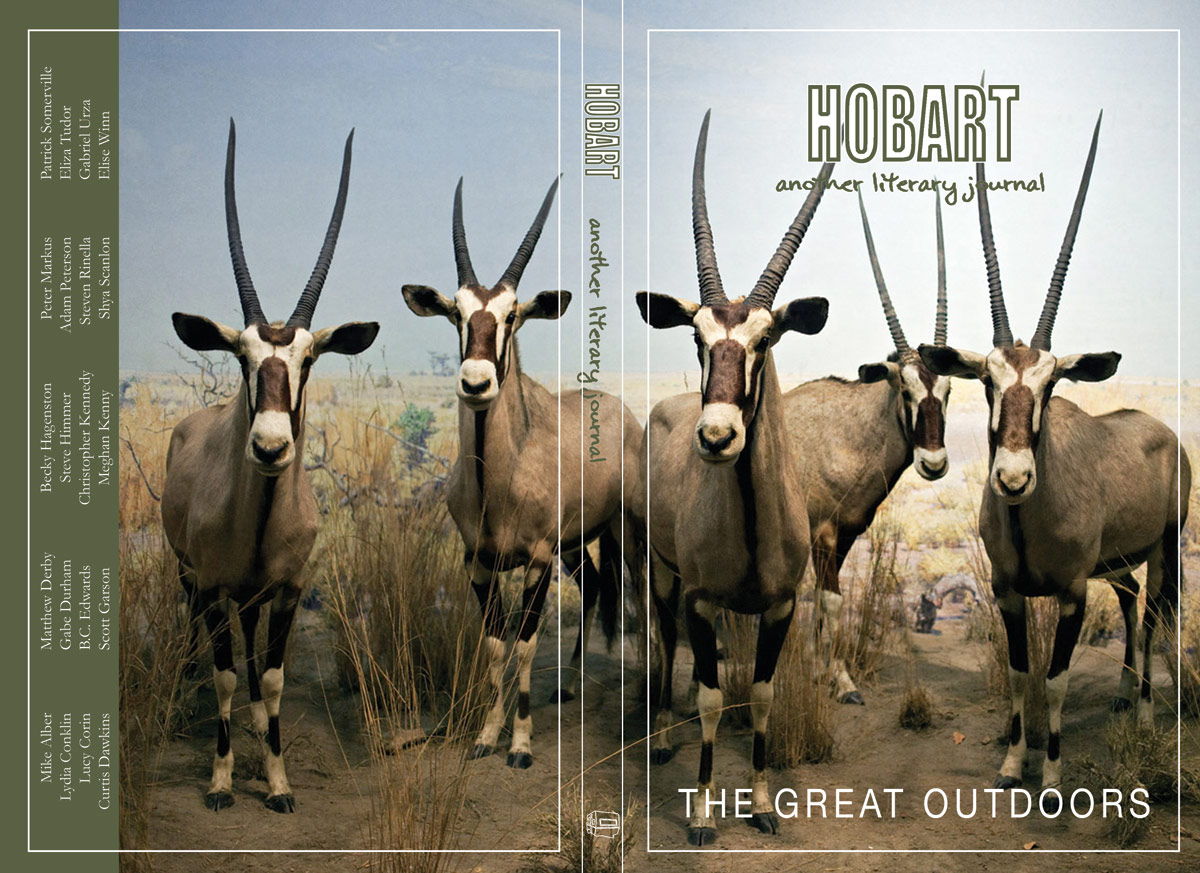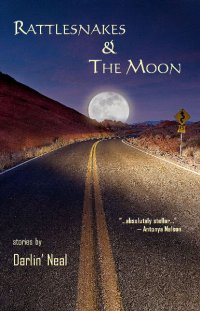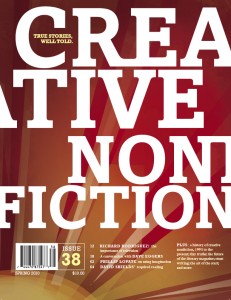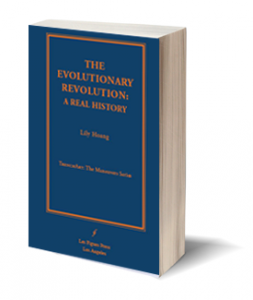When Kathy Fish posts on Fictionaut, people read, and rightly so. People mark her stories as favorites, people comment, people love. Fish’s story, “Petunias,” is one of my favorites of hers, and in general. It is quiet in its one word title and cadent sentences; fewer people have read it. “Petunias,” originally published in Sleepingfish, is a list of declarations, but is very much a story. Every line but the last of this exquisite, 165-word, robin’s egg delicate piece, begins with the word “[p]eople” and states absolutes, marked with solid periods at end of each.
The beginning sentences clearly refer not to what “people” do, but to what a particular person does. “People laugh, darkly, saying they’d rather be surfing.” We do not have time to wonder who this person is, as we are thrown almost immediately into a series of sentences heavy with universal truths. The statement that “[p]eople never do get what they want,” is one that gently flicks at us all on dark days, creating a sense memory of certain resignation. She does not let up when she reminds us of how we “long to distinguish ourselves.” A double blow. We are indistinguishable in sharing that truth.
Her tone switches from one of present observation to that of retrospect. The luxury of hindsight and the impermanence of feelings and situations are gone. “People” does not refer to us all in this context. The story refers to one life, one person. “People are here to remind you, that’s somebody’s sister.” Again, Fish does not explain. But in that last image, the person standing next to the flowers is, again, all of us, who will absolutely stand or sit or lie somewhere, at a loss.
I’ve returned a dozen times to Brent Robison‘s “September Morning.” The magic of this story is in what is not revealed in its lilting sentences. Robison trusts the reader to put the pieces together. The time frame of the narrative is crucial-is everything-but Robison believes that you, gentle reader, are astute enough to get it, even if it’s not until the last sentence. And then drops the bomb: the bittersweet irony that the reaffirmation of life can come at the most inopportune moment.
And then there’s Noria Jablonski‘s “Arroyo Vista.” I’m a fan of it, not only because the story expertly pokes fun at artificial subdivisions with idyllic-sounding misnomers, but also because it features a mother who breast-feeds her year-old son-to which I, a childbirth educator, shout a massive “WOO-HOO!” The mother’s erosion of self is the crux of the story, but is stunningly subtle. She is aptly overshadowed by the character of her new neighborhood. A masterpiece.
The story moves me at two levels. At the linguistic level, it is competently written, with the assurance of someone who is not new to the art of writing. Each paragraph does exactly what it sets out to do, not a word more or less. The language is lucid, poetic, the imagery gripping. It is exactly the kind of writing I love, and would love to read more of.
At the emotional level, I find it a heartbreaking story of empty lives, of people doing things to fill up their loneliness, of people who have no language, maybe not even the right tenses to tell a story. The reader feels the cold, the purity, the desperation. The following line is one of the most beautiful things I’ve ever read:
I was so cool and so lonely I might shard apart into ice flakes so delicate and infinitesimally complex they ruin your heart at the precise moment you are able to comprehend them.
“Infinite Things All At Once” makes you look inside your heart, try to comprehend and sigh. A true gem of a story.
Fictionaut Faves, a series in which Fictionaut members recommend stories on the site, is edited by Marcelle Heath, a fiction writer, freelance editor, and assistant editor for Luna Park. She lives in Portland, Oregon.
